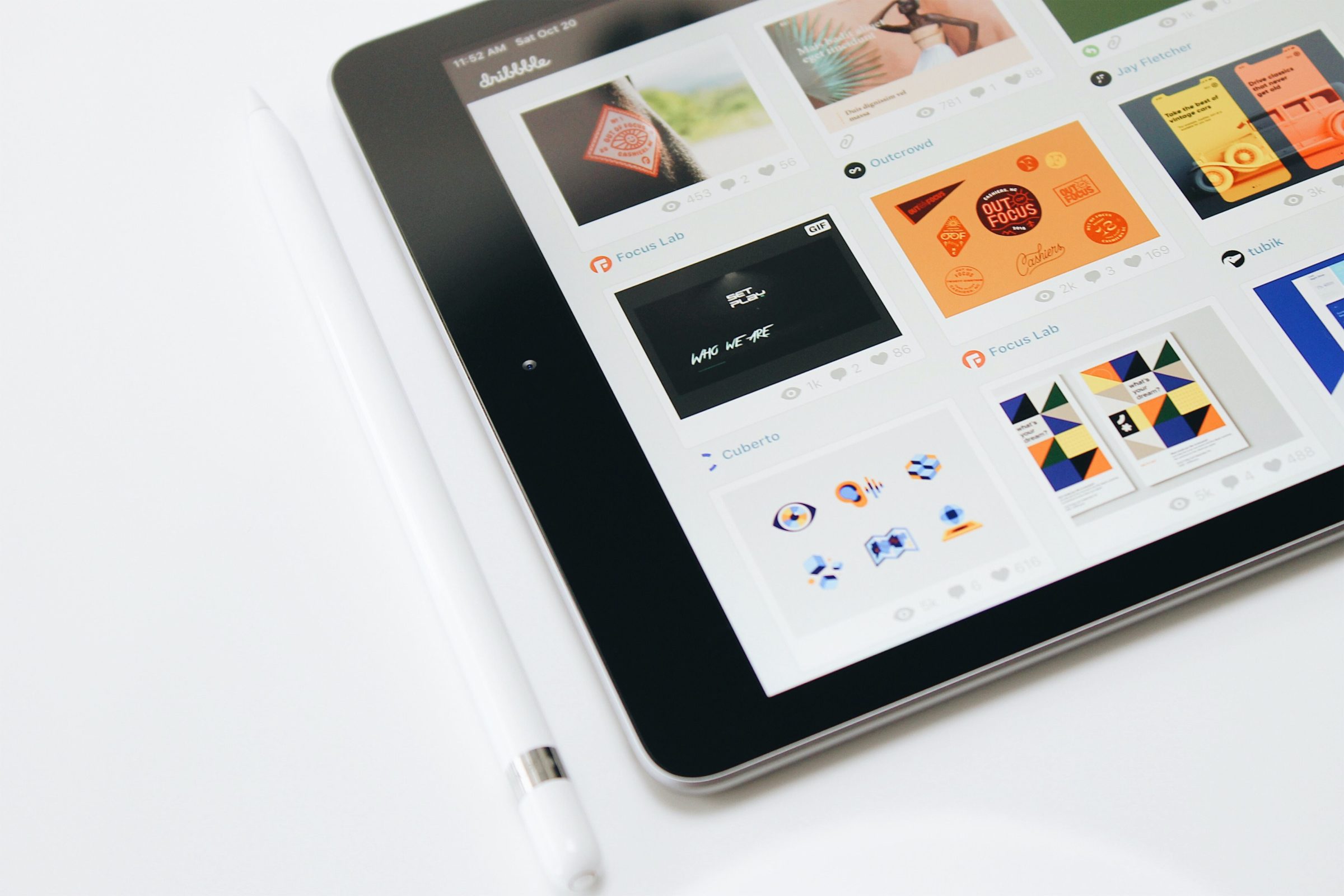Can a design be timeless? Sure, but it takes serious willpower not to run wild with the trends of the day. You can follow creative fads but proceed with the wisdom of longstanding design theory in mind. Trends come and go; foundational design principles never go out of style.
There is a reason big-name players (Nike, for example) have kept the same logos forever. The talented masterminds behind their unmistakable brand identity understood graphic art’s function alongside the core principles of design.
As a writer needs grammar or a musician learns scales, foundational knowledge gives you the confidence to experiment and develop your style. But before you turn to current trends, go back to basics.
Learning or simply refreshing these basic tenets will help you to produce timeless designs consistently.
The Prime Directive of Graphic Design
When you strip graphic design back, its core function is to communicate. Armed with typography, images, symbols, and other visual aids, a designer needs to convey a straightforward and unmistakable message to the viewer.
If people are left scratching their heads, unsure of the graphic’s primary message, it’s a swing and a miss. And this is all too common when creatives forgo the foundational elements of timeless design to chase trends. No one understood this more than Walter Gropius.

Back To Bauhaus: Form Follows Function
Walter Gropius’ Bauhaus school seemed like a wacky experiment to outside spectators, which it was in some respects. Experimentation aside, it would be remiss to overlook each teacher’s (Paul Klee, László Moholy-Nagy, and Herbert Bayer among them) master skill level or the thoughtful method behind the outward madness.
If you know your Bauhaus history, their basic tenet, form follows function, will be all too familiar. And if you’ve never heard of either, you will have unwittingly stumbled upon the creative fingerprints of the Bauhaus movement throughout the 20th and 21st-century design landscape.
Going back to basics was encouraged across the school, which instilled a thorough understanding of foundational (and timeless) visual principles like color theory, composition, and artisanship.
Form follows function was the overarching principle guiding how Bauhaus practitioners put the basics into action. Students were asked first to consider the purpose of the design, and this ultimately shaped the outcome. Establishing your design’s goal is the first step toward timeless creations.

Form Follows Function in Action
As we’ve established, the primary function of graphic design is visual communication. You can further narrow down your design’s role by specifying the exact message you need to communicate. There are also some practical areas of consideration so that form follows function, meaning you produce a clear visual statement and a timeless design.
Everything in your design needs to be readable; your typeface should never ruin your message’s clarity, for example. Instead of choosing that trendy but hard-to-read font, opt for one that is legible. Also, consider typography that can be read even when resized. Remember, the buzzwords for choosing a timeless font should be readability and clarity.
Readability doesn’t stop with typography. In your search for design legibility, also consider images. Avoid pixelated photos and opt for high-quality and clean graphics. If you are struggling to find the right design elements, graphic design bundles, search for license-free photographs, graphics, and illustrations online.
Before choosing an element, ask yourself whether this visual conveys or detracts from the overarching message?

The Ludwig Mies Van Der Rohe Approach: Less Is More
German-American architect, and last director of the Bauhaus, Ludwig Mies van der Rohe coined the motto “less is more” to describe his visual style. Not only is his minimal aesthetic still felt in architecture long after his passing, but his favorite aphorism has also permeated our vernacular. Mies understood timelessness.
In the creative world, less is more means scaling back and decluttering your work. Or, in Bauhaus speak, avoiding any unnecessary ornamentation — a natural reaction to form follows function, and the school’s vision that design should be accessible to everyone.
Less is More in Action
There is a time and a place for decorative design; however, it’s likely not applicable to your latest graphic creation. Producing timeless design involves editing, editing, and more editing so that only the essential elements make the cut.
You can still include eye-catching design accents — use them purposefully and in a manner that accentuates your message instead of reducing any hard-won clarity. When design accents are included with consideration, they add an appropriate, timely addition within an otherwise timeless design.
Use this measured approach when working in splashes of color, intriguing typographic additions, or textured backgrounds. These accents should help keep viewers engaged while directing their attention to the design areas that communicate essential information.
If you’re hesitating over an extra element, remember less is more. Consider whether the breathing space provided by white space might be a more aesthetically pleasing approach. Strike a balance between keeping people on their toes and keeping them focused on the message.

Balance and Visual Scale
As we move through one of the most polarized and divisive periods in recent history, balance in our everyday lives is more important than ever. Balance also creates a timeless design. When you understand visual harmony, you create an even design and intentionally place elements off-balance to emphasize them.
To create balance, you need to work to a visual scale or hierarchy. Every element, big or small, needs to be placed with enough breathing space and in a way that communicates differing levels of importance. A compelling visual hierarchy balances logic and creative expression to convey a message engagingly and clearly.
Balance and Visual Scale in Action
If clarity is the buzzword when choosing a timeless font, flow is the buzzword for establishing balance and a logical hierarchy. Place visual elements in a way that guides a viewer’s attention throughout the design.
Your hierarchy provides visual cues so that an audience understands how to read the information.
The human eye is commonly drawn to larger elements first, followed by smaller ones. Consistency is another factor to include as part of a branded visual hierarchy. Use a brand’s specific colors, typography, and alignment rules.





